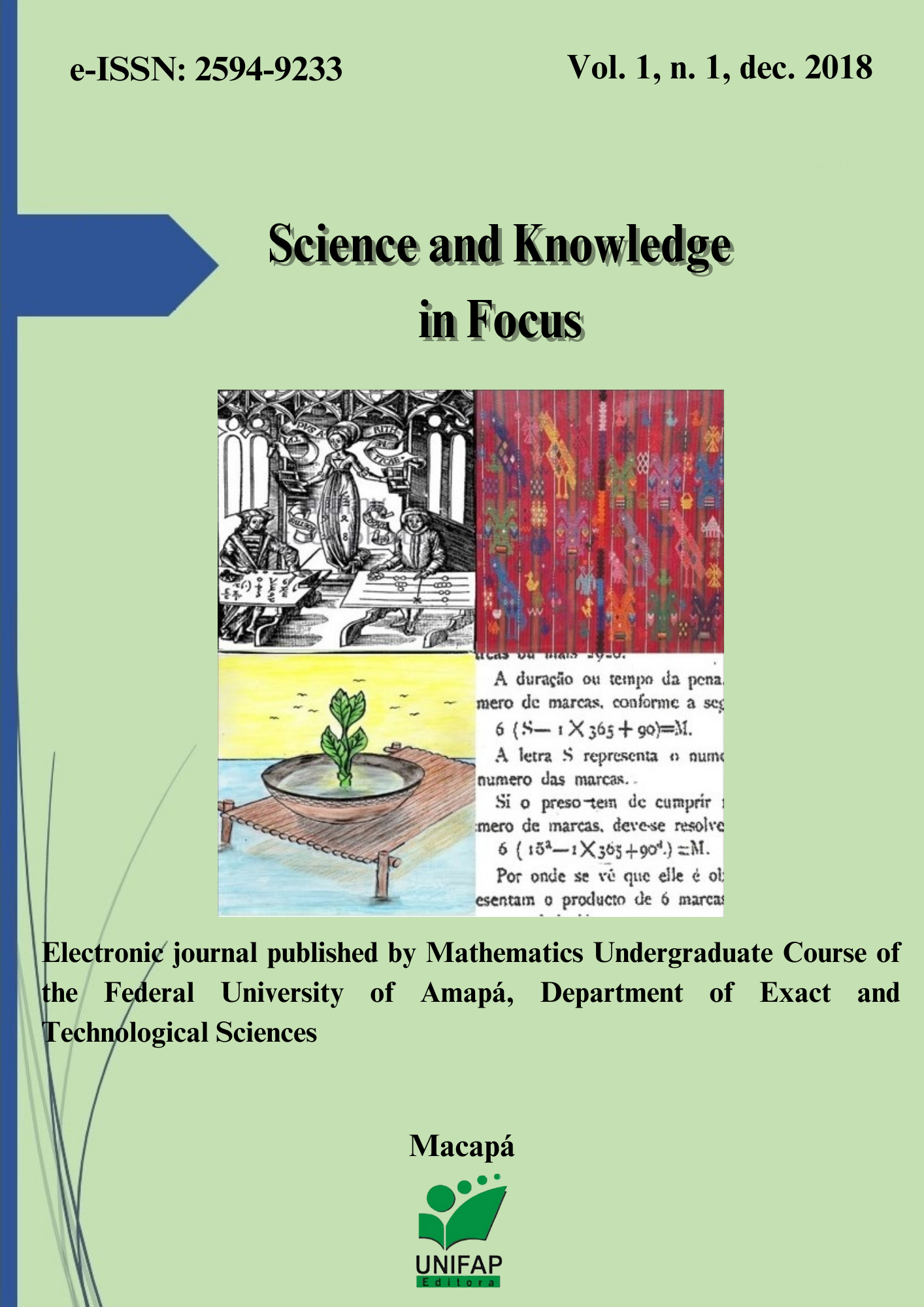Aparai Art in Indigenous School Education
the graphics as visual resource for teaching of art
Keywords:
Teaching of Science, Science of Language, Aparai Culture in Teaching, Graphic in BasketAbstract
The paper discusses the uses of graphics in baskets as a cultural expression of the art pro-duced by Aparai natives, who live at Parapará village in the Tumucumaque Mountains National Park, located at State of Pará, Brazil. The bibliographical research conducted on the historical aspects and population data of the Aparai natives. Besides that, observation and thematic interviews were the in-struments of data collection applied at Parapará village, characterizing qualitative research. Each graphic has a mythical-aesthetic meaning, according to tradition and types of indigenous marks, which has a graphic pattern of animals, interpreted as supernatural beings by Aparai natives. The graphics designed in baskets have as founding myth the Turupere, which is the representation of the drawings of the body of a lizard, being its domain the waters, besides other animals that inhabit the Amazon forest. The Aparai baskets are produced from splint of arumã, wood, seeds, cotton, plumage and “tabocas.” Most craft objects are made manually for domestic use, hunting, and fishing, and, they commercialized in the cities of Oiapoque, Macapá, and Belém. Indigenous knowledge is transmitted from generation to gener-ation through orality in Indigenous Education and needs to be valued in the teaching of art, and in the Indigenous School Education as part of the immaterial or intangible cultural heritage.




















 A revista eletrônica Science and Knowledge in Focus é publicada pela editora da Universidade Federal do Amapá e editada pelo Curso de Graduação em Matemática, vinculada ao Departamento de Ciências Exatas e Tecnológicas.
A revista eletrônica Science and Knowledge in Focus é publicada pela editora da Universidade Federal do Amapá e editada pelo Curso de Graduação em Matemática, vinculada ao Departamento de Ciências Exatas e Tecnológicas.